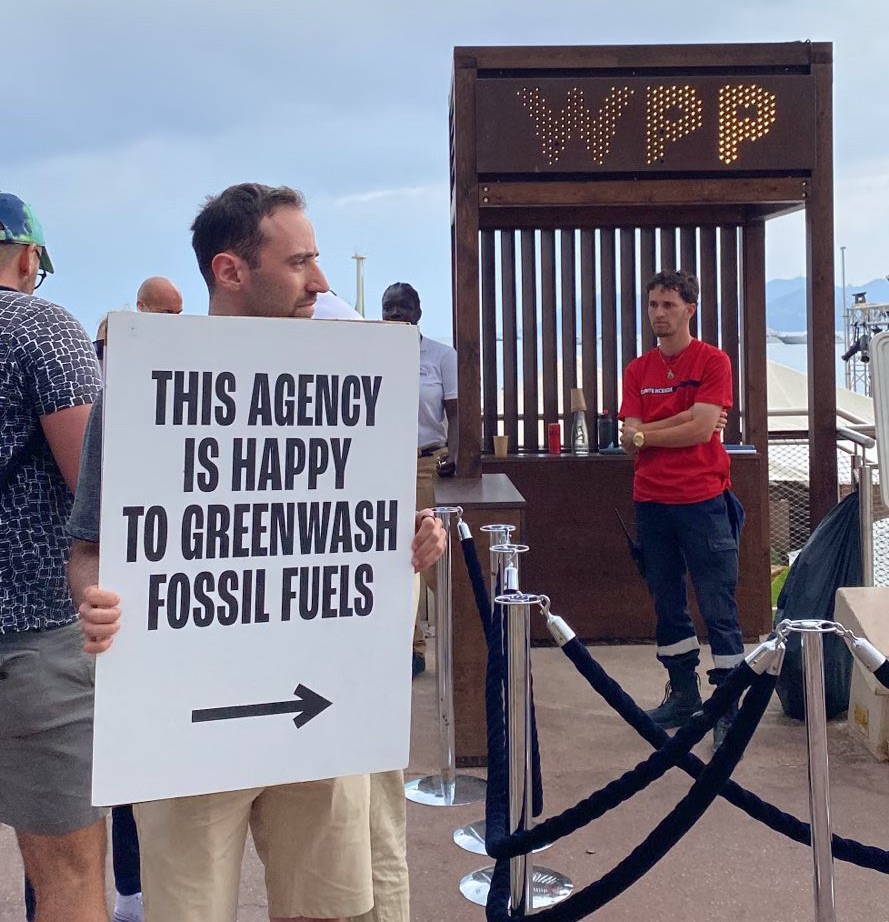Big oil company Statoil yesterday released its ‘climate roadmap’. It said the plan “will further strengthen Statoil’s industry leadership in climate performance”.
A closer look shows that Statoil — a major player in the UK’s North Sea oil and gas industry — doesn’t plan to change much, however. The Norwegian oil company plans to still be a big oil and gas company decades from now, ignoring warnings that its carbon bubble may burst as the world moves away from fossil fuels to cut emissions and tackle climate change.
In a five minute video accompanying the roadmap’s launch, Bjørn Otto Sverdrup, Statoil’s senior vice president for sustainability, said “it is very important for energy companies to take a stand and help to contribute to reduce emissions”.
But the plan makes clear Statoil is going to make a pretty token effort to do this.
Statoil’s activities currently emit around 15 million tonnes of carbon dioxide each year. The roadmap says it plans to reduce carbon dioxide emissions by three million tonnes each year between 2017 and 2030.
While that is no small amount, it is still falls short of Norway’s national emissions reduction target, Nina Jensen, head of the WWF Norway told Reuters.
And Statoil still plans for at least 80 percent of its investments to be in fossil fuels in 2030. That’s an awful lot, given analysts estimate about 80 percent of the world’s fossil fuel reserves need to remain in the ground if the world is going to curb warming to two degrees.
Statoil also says it will continue to burn off excess methane from its wells until 2030. Methane is 84 times more potent than carbon dioxide within the first 20 years after it is emitted.
It is also not planning to spend much on renewables.
The roadmap says Statoil plans to invest around $200 million on “new energy solutions” over the next four to seven years. That includes spending on highly expensive and not yet proven carbon capture, use and storage technology.
And that low carbon investment would only represent about 0.4 percent of Statoil’s annual capital expenditure, which totalled $10.1 billion in 2016.
Statoil also promises to apply an internal carbon price of $50 per tonne when making investment decisions. That is not a new pledge, and is actually slightly lower than Statoil’s midpoint carbon price reported by analysts CDP a few months ago.
It’s also lower than the $80 per tonne figure Exxon said it applies, and a long way off the $220 figure some academics suggest is necessary to really curb fossil fuel production and hit the global two degrees target.
So what Statoil’s climate roadmap really shows is that it will be pretty much business as usual for the fossil fuel giant.
It is not the only oil company to this week claim it cares about climate change. Shell’s chief executive Ben van Beurden warned the industry it risked losing public trust if it didn’t speed the transition to low carbon energy production.
As if to hammer home the point that Big Oil stands united in climate-friendly words if not action, the penultimate page of Statoil’s climate roadmap features a picture of its chief executive sitting alongside the head of Shell and other major fossil fuel company chiefs as part of the Oil and Gas Climate Initiative — a group known for promoting the industry’s greenwash.
Main image credit: Statoil/Ole Jørgen Bratland
Subscribe to our newsletter
Stay up to date with DeSmog news and alerts







